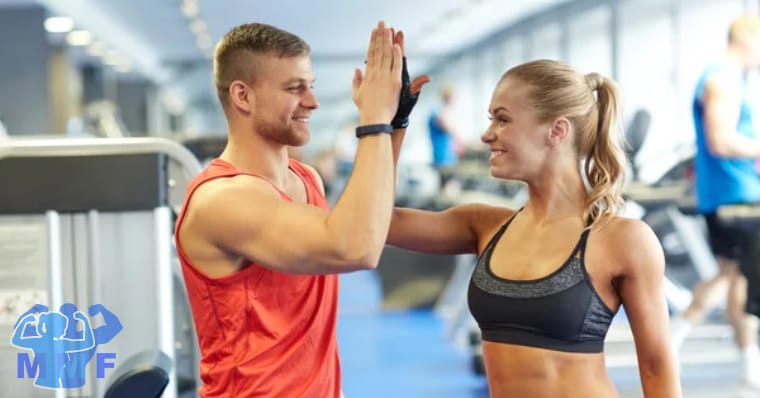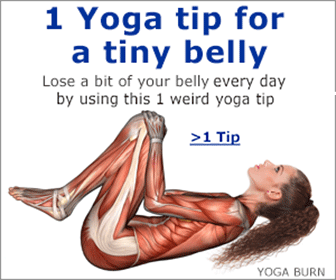Do you want to gain great alignment in your back, open hips, and great hamstring flexibility? You can get these benefits and many more from performing the Prasarita Padottanasana yoga posture. Here are many methods to improve your pose for beginners to advanced yogis.
Learning How to Say Prasarita Padottanasana
You can say prasarita easily by breaking it do into three parts pra-sa-rita. To say Padottanasana break it down as Pad-o-ttana-sana. To better understand the meaning prasarita is to stretch out, expand, or spread with outstretched limbs. Pada means foot, and ut means intense and tan means to stretch or extend.
Many people mistakenly think that tan is similar to the Latin verb tendere, but tendere in Latin is translated as spot in english (Google Translate). Where as porrigo in is the Latin verb for stretch, extend, reach, offer, hold out, and spread out (Google Translate).
Prasarita Padottanasana Technique

Start in Tadasana
Your feet should be about double your shoulder width or slightly more. You are not trying to do the splits so don’t go too far, and the posture is called wide leg forward bend, so you don’t want to be too narrow.
Perform a Step of Hop
Whichever way you decide to separate your feet be sure to adjust if your feet did not land where you wanted them. Before you start to bend you want to have a stable base.
Ensure that your feet are parallel to one another or slightly pointed in and both feet are a mirror of each other. You can rest your hands on your hips at this point, or you can let them hand in front of you, ready to catch yourself as you lean. Engage your leg muscles by keeping your feet firmly planted while flexing your muscles as if to pull your legs together. Engaging your muscle will give you the benefits of Proprioceptive Neuromuscular Facilitation (PNF) stretching. Using PNF techniques will allow you to increase your flexibility much more quickly.
Exhale and Lean Forward
Remember to control your breathing, inhale, and expand your chest while arching your back slightly. To ensure your spine is in the right position, pull your shoulder blades together slightly and look up in front of you.
Here your arms, and legs should all be straight, and you will be bent at your hips and shoulders. Your back will be slightly concaved or arched back from the base of your skull to your tailbone.
Walk You Torso Back
Continue to control your breathing while pulling your thighs back and away from each other. Pull your pelvis apart to create some separation in your hips.
If you are flexible to get your head on the floor, you can rest your head on the floor. Do not put your weight on your head and neck. Ensure you maintain the weight of your body firmly on the mat through your feet.
Once your torso is in the fully forward lean, you can walk your hands out to your feet, or you can stay with your hands on the ground. Now, with your hands in the final position, focus on spreading your hips and continue breathing. Maintain this posture for a few breathing cycles usually 3-7 deep breaths or between 30 seconds and a minute. Focus on separating your hips and widening your body with every breath.
When you are through with the posture, bring your hands back to the floor, or you can place them on your hips. Next, while bending at your hips and maintaining your back straight, pull yourself back up while exhaling. If you need some balance and support, walk your hands forward as you raise your upper body to parallel with the floor. Then pull your body up from the forward lean. Finally, you can bring your feet back together by stepping or hopping and finish in Tadasana.
Prasarita Padottanasana Tips
- Use a bolster or yoga block can support your hands and head if your head doesn’t reach the floor yet. As you become more flexible and can go deeper into the pose, you can use lower props until you no longer need them.
- Use a strap to maintain a good form.
- Unlike stretching, you don’t want to relax into the pose. You want to be actively maintaining your back in alignment and legs straight. You can imagine lifting your knee caps with your thigh muscles. Many people can open up their hips and go deeper into the pose by imagining there knee caps lifting and hips expanding.
- Be sure not to overstretch your hamstrings. If you are forcing your body to stretch deeper by forcing yourself down, you will tighten up too much. You still want to be calm and centered.
- Be careful with your neck and spine. Even if you can put your head on the ground, don’t put any weight on your head.
- If you are a beginner or have very little flexibility, or if you have lower-back problems, be humble and use a chair. You don’t need to go deep to see benefits from this pose, and everyone starts somewhere. To use the chair placing it in front of you and rest your arms or hand on it. continue to use the chair until you feel comfortable and can get to the floor. Going slow and not pushing yourself can prevent aggravating previous injuries.
- Be sure not to rise too quickly. Have you ever got light headed from standing up to fast? You can definitely do get light headed here, especially if your blood pressure is low.
- Don’t hyperextend your knees to where they go backward. Concentrating on lifting your kneecaps ca protect you from this. Additionally, rocking your weight back on your heels can help as well. Rocking on the heels is done by many bodybuilders who are squatting heavy weights, to prevent hyperextension and buckling there knees.
Prasarita Padottanasana Variations
As we discussed, there are many variations to this pose to perform from beginner to intermediate and advanced.
Many of these variations are how you place your hand, via on the floor, block or chair, on your legs or your feet.
The more advance Prasarita Padottanasana II is a variation where you place your hands in reverse Namaste (prayer position) behind the back.
Therapeutic Applications of Prasarita Padottanasana
- Headache
- Fatigue
- Mild depression
Benefits of Prasarita Padottanasana
Prasarita Padottanasana has many health benefits, including but not limited to:
- Stretches your hamstrings
- Tones your legs
- Tones your abdominal muscles
- Stretches and Strengthens the inner and back (hamstrings)
- Strengthens the spine
- Strengthens the knee joints
- Relieves mild backache
- Calms the brain
- Alleviates anxiety and frayed nerves
- Calming to sympathetic nervous system and mind
- Helps with mild depression
- Lowers blood pressure
- Opens hip joints
- Strengthens knees joints
- Improves digestion by calming stomach
- Regulates menstrual flow (women only)
Contraindications and Cautions
- If you suffer from lower-back problems: Avoid the full forward bend.
- People with low blood pressure should perform the pose and return to Tadasana slowly.
Pin This Image To Save And Share This Tutorial




